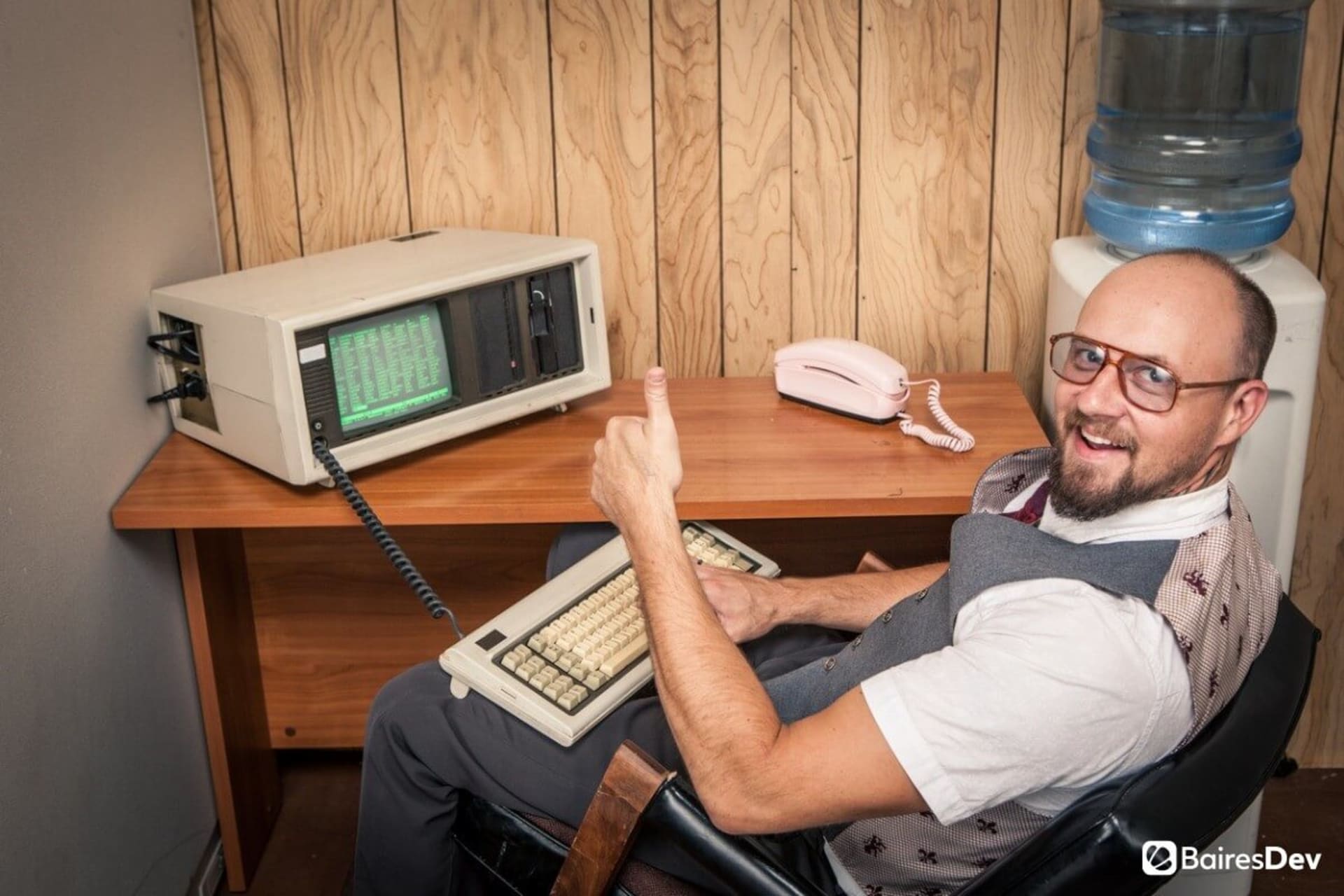By now, you have most likely heard about augmented reality (AR), virtual reality (VR), and perhaps even extended reality (XR), which encompasses all forms of digitally enhanced reality.
But what about mixed reality (MR)? This concept, first introduced in the early 1990s, bridges the gap between reality and virtual reality, blending the 2 ideas and enabling them to function together as one unit in real-time.
Already, AR and VR have had enormous implications across fields like healthcare, education, entertainment, manufacturing, science, human resources, and much more. And MR can bring this technology to new heights, further augmenting and enhancing reality. But what exactly is MR? And what does it mean for the future?
What Is Mixed Reality?
“Mixed reality (MR) represents the controlled collision of the AR/VR and IoT trends. With MR, the virtual and real worlds come together to create new environments in which both digital and physical objects—and their data—can coexist and interact with one another.” — Deloitte
Also known as hybrid reality, MR is far more than enhanced AR, as some people believe. It offers all the benefits of both AR and VR, along with added advantages.
Essentially, MR establishes an entirely new landscape where digital and real elements function together. The virtual objects seem realistic, thanks to characteristics like 3-D qualities and holograms, and are projected by the user leveraging an MR headset that allows you to fully experience them.
This offers an enhanced means of interacting with a digital environment, beyond what AR and VR can offer. Using devices like smartphones, individuals can blend the imaginary and the real, all while going about their daily lives. People can actually interact with the virtual elements, too. The space, sounds, effects, visual displays, and positioning all seem real, with every event taking place in this mixed reality landscape.
How Does It Work?
MR is a complex idea, one that is still emerging, gaining traction, and becoming more sophisticated. It leverages trackers, sensors, computer vision, controllers, and other advanced devices and elements to create bridges between reality and digital reality. It functions on what is known as a “virtuality continuum.”
This equipment can track actions and deliver feedback to the technology instantaneously, creating an environment in which people can interact with the elements in it. In essence, this creates a kind of extended reality.
The Potential of Mixed Reality
As you might imagine, MR has enormous potential for multiple facets of our lives, from work to recreational activities. It could be a game-changer in the way we interact and behave.
5G
As 5G becomes more mainstream, MR could have even bigger implications. This network standard offers latency and speed beyond what we could have possibly imagined just a few years ago, which will mean fewer lags when deploying MR solutions and a better flow, both of which are critical to immersing oneself in a different world.
An Increasingly Immersive Experience
Holographic and other MR devices will create an experience that is even more realistic and believable for the user as the technologies become increasingly advanced. The implications are enormous for total immersion.
Implications Across Fields
From engineering to marketing, sales to architecture, MR is changing the work landscape. We see how it can affect training, for example, enabling organizations to upskill workers by having them practice in imagined — but realistic — scenarios before they are tasked with performing the work in a high-stakes environment. This saves money and resources and offers greater safety. Here are just a few use cases of MR across different fields and industries.
Manufacturing
Using MR tools like headsets, workers can better understand how to use complex equipment and machinery. They can receive important instructions on how to operate these tools and train prior to using the equipment. Moreover, they can become accustomed to the manufacturing space and procedures in a virtual setting.
Real Estate
Imagine a world where people could visualize what a property will look like after development — even before it has been fully developed. Using an MR headset, individuals can “see” the fully completed layout and details of a property. MR will digitally recreate the property in its entirety, layering the virtual components atop the real structure.
Retail
The retail industry has long used AR to allow customers to try on items like clothing and glasses without moving a muscle. Mixed reality can take this a step further, enabling them to move around in environments while using the items they’re considering purchasing in a 3-dimensional space.
Human Resources
HR has benefited from the assistance of technology to screen candidates and evaluate their performance for many years. Applicant tracking systems (ATS), for instance, have become instrumental in combing resumes to identify potential fits. But it’s still difficult to assess how applicants will interact with colleagues and the work environment.
Thanks to MR, recruiters and HR professionals are now better equipped to assess how candidates mesh with the company — its space, its employees, and other aspects of the organization.
Healthcare
MR also has great potential for the healthcare space. Take surgery, for example. Using the holographic technology provided by this solution, surgeons can have a better projection of the operating room and are more equipped to perform procedures uninterrupted, as well as train in a low-stakes environment beforehand.
The Future of MR
It’s clear that MR is the wave of the future. But it’s already having enormous implications and blurring the lines between the real and imagined. Going forward, we will see an enhanced reality that will affect the way we learn, work, and live our lives. MR is here to stay — and its potential is enormous.






